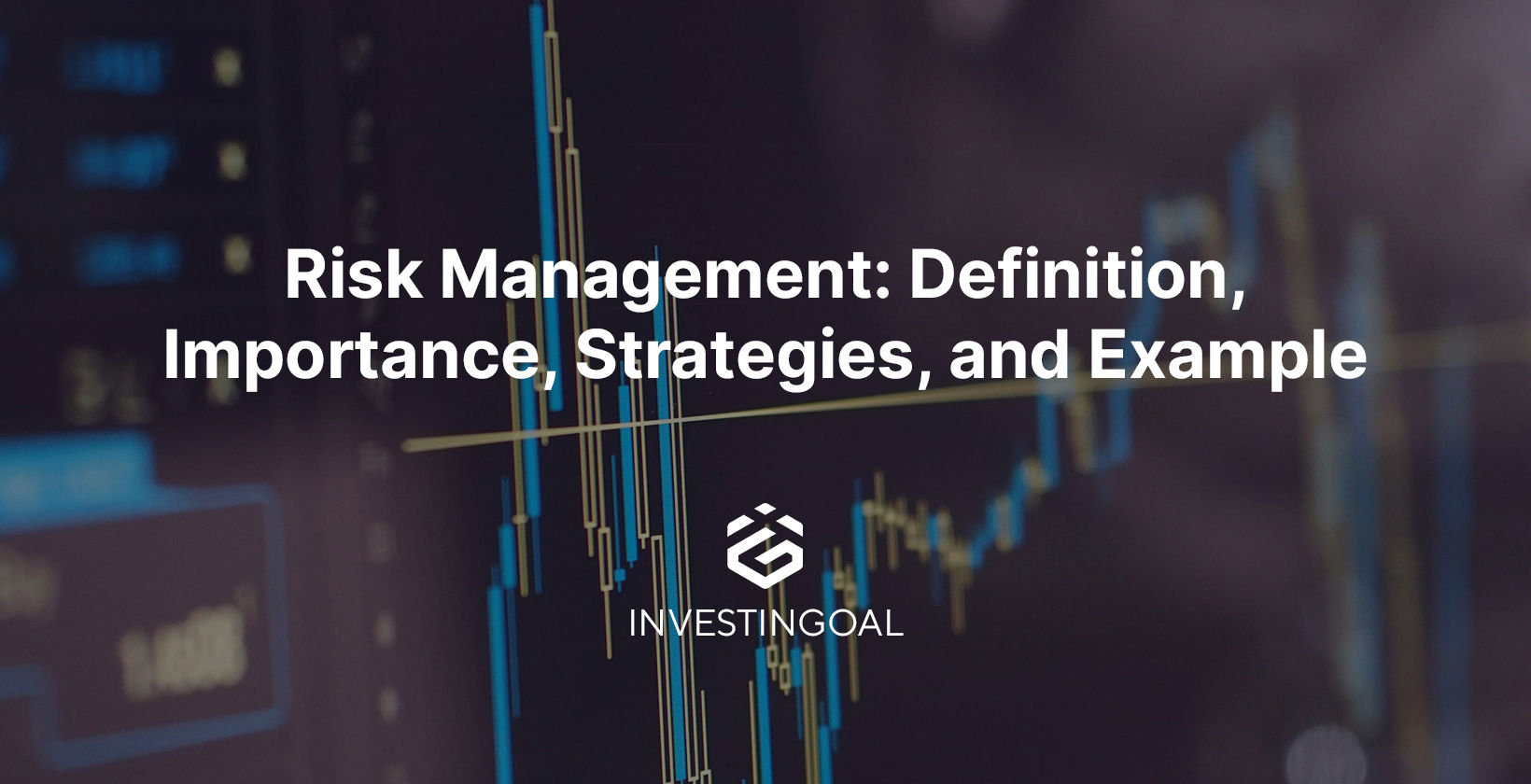The Importance and Importance of Risk Management in Ensuring Business Continuity
The Importance and Importance of Risk Management in Ensuring Business Continuity
Blog Article
Checking out the Importance of Risk Management for Effective Decision-Making Methods
In the detailed world of organization, Risk Management emerges as a vital element in the decision-making process. The capacity to determine possible dangers and chances, and plan appropriately, can spell the difference between success and failing.
Comprehending the Concept of Risk Management
Risk Management, an important element in decision-making, is typically misinterpreted or oversimplified. Risk Management includes disciplined and structured techniques, making use of data and insightful analyses. From economic unpredictabilities, legal responsibilities, critical Management errors, to crashes and all-natural disasters, it resolves different risks - importance of risk management.
The Duty of Risk Management in Decision-Making Processes
In the world of calculated planning and business procedures, Risk Management plays an important role in decision-making procedures. It aids in recognizing potential hazards and uncertainties that might influence the success of company goals. By tracing these threats, companies can develop methods to minimize their impact, ensuring organization connection and stability. Risk Management thus becomes a vital device in decision-making, assisting leaders to make informed options based upon a comprehensive understanding of the dangers involved. It urges an aggressive technique, allowing organizations to prepare for and prepare for possible future circumstances. This substantially minimizes the likelihood of adverse consequences, promoting a lot more reliable and reliable decision-making approaches. As a result, Risk Management serves as a crucial element in the decision-making procedures of any type of organization.

Exactly How Risk Management Enhances Strategic Planning
In the context of tactical preparation, Risk Management plays a crucial duty. Starting with the recognition of prospective risks, it additionally includes the implementation of Risk reduction procedures. The role of Risk Management is dynamic however not fixed, as it requires consistent surveillance and adjusting of methods.
Determining Potential Threats

Executing Risk Reduction
Risk reduction approaches can range from Risk evasion, Risk transfer, to run the risk of reduction. Each strategy link needs to be customized to the particular Risk, considering its prospective impact and the company's Risk resistance. Efficient Risk mitigation requires a deep understanding of the Risk landscape and the potential impact of each Risk.
Monitoring and Readjusting Techniques
Though Risk reduction is an important step in critical planning, continual tracking and adjustment of these methods is equally vital. This continuous procedure allows companies to determine new threats and reassess existing ones, making sure the executed approaches stay effective in the ever-changing organization atmosphere. It likewise gives a chance to evaluate the success of the Risk Management steps, permitting adjustments to be made where essential, further boosting strategic preparation. Reliable monitoring and modification need using analytics and crucial efficiency indicators (KPIs) to measure efficiency. These tools provide important data-driven understandings that can educate tactical decision-making. As a result, surveillance and adjusting Risk Management methods is a crucial element for enhancing a company's strength and strategic planning.
Case Researches: Effective Risk Management and Decision-Making
On the planet of company and money, effective Risk Management and decision-making often serve as the columns of flourishing enterprises. One such entity is an international oil company that minimized economic loss by hedging versus changing oil costs. In one more instance, a tech startup thrived by identifying and accepting risky, high-reward approaches in an unpredictable market. A worldwide bank, confronted with regulatory unpredictabilities, successfully browsed the scenario with positive Risk assessment and dynamic decision-making. These instances highlight the worth of astute Risk Management in decision-making processes. It is not the lack of Risk, yet the Management of it, that usually separates successful firms from unsuccessful ones. These cases underscore the vital function of Risk Management in strategic decision-making. importance of risk management.
Devices and Strategies for Reliable Risk Management
Browsing the intricate puzzle of Risk Management needs the ideal set of methods and tools. These tools, such as Risk registers and heat maps, help in recognizing and assessing potential risks. Strategies consist of both measurable approaches, like sensitivity evaluation, and qualitative techniques, such as SWOT evaluation. These assistance in focusing on risks based upon their prospective effect and i thought about this chance. Risk action strategies, a crucial element of Risk Management, entail approving, staying clear of, moving, or mitigating risks. Surveillance and controlling threats, through routine audits and evaluations, ensure that the strategies remain effective. With these tools and techniques, decision-makers can navigate the facility landscape of Risk Management, thereby facilitating educated and effective decision-making.
Future Fads in Risk Management and Decision-Making Approaches
As we explore the large landscape of Risk Management, it comes to be noticeable that the tools and strategies made use of today will proceed to develop. The concept of Risk society, where every participant of an organization is conscious and entailed in Risk Management, will obtain more importance. These fads proclaim a more comprehensive and proactive method in the direction of Risk Management and decision-making.
Conclusion

Risk Management therefore comes to be an essential tool in decision-making, assisting leaders to make enlightened selections based on an extensive understanding of the risks involved. Risk mitigation techniques can vary from Risk avoidance, Risk transfer, to run the risk of reduction (importance of risk management). Effective Risk mitigation needs a deep understanding of the Risk landscape and the possible impact of reference each Risk. Risk reaction approaches, an essential element of Risk Management, include approving, preventing, moving, or mitigating dangers. The concept of Risk society, where every participant of a company is conscious and included in Risk Management, will acquire much more prestige
Report this page